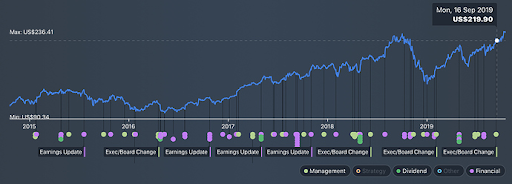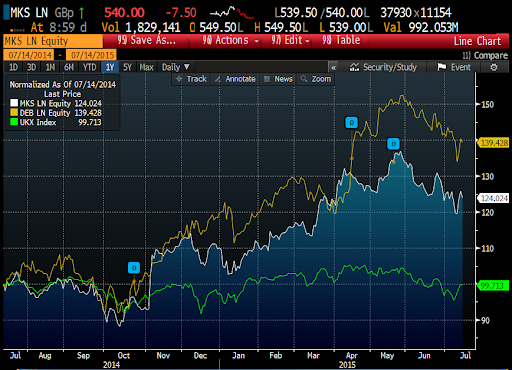How Financial Analysts can start leveraging data skills
In this article, we will look at 4 data science use cases financial analysts can start leveraging today to supplement their subject matter expertise.
Updated Aug 2021 · 7 min read
Topics
RelatedSee MoreSee More
The Top 10 Data Analytics Careers: Skills, Salaries & Career Prospects
Explore the top jobs in data analysis with these ten careers. Discover the skills you’ll need to get started, plus the salaries and career prospects for these analytics careers.
Matt Crabtree
13 min
The 12 Best Azure Certifications For 2024: Empower Your Data Science Career
Discover the comprehensive 2024 guide on Azure Certification for data practitioners. Delve into the essentials of Azure certification levels, preparation strategies with DataCamp, and their impact on your data science career.
Matt Crabtree
12 min
Top 32 AWS Interview Questions and Answers For 2024
A complete guide to exploring the basic, intermediate, and advanced AWS interview questions, along with questions based on real-world situations. It covers all the areas, ensuring a well-rounded preparation strategy.
Zoumana Keita
15 min
AWS Cloud Practitioner Salaries Explained: Skills, Demand, and Career Growth
Explore AWS Cloud Practitioner salaries and learn how certification opens doors to high-demand careers and competitive rates.
Nisha Arya Ahmed
6 min
Avoiding Burnout for Data Professionals with Jen Fisher, Human Sustainability Leader at Deloitte
Jen and Adel cover Jen’s own personal experience with burnout, the role of a Chief Wellbeing Officer, the impact of work on our overall well-being, the patterns that lead to burnout, the future of human sustainability in the workplace and much more.
Adel Nehme
44 min
Becoming Remarkable with Guy Kawasaki, Author and Chief Evangelist at Canva
Richie and Guy explore the concept of being remarkable, growth, grit and grace, the importance of experiential learning, imposter syndrome, finding your passion, how to network and find remarkable people, measuring success through benevolent impact and much more.
Richie Cotton
55 min

